Open Letter to Suzuki - A Road Map to Bring the Jimny to America

(The following is an open letter from contributor Seth Parks, who, like many of us, holds a special fondness for the rugged little Suzuki Jimny – a vehicle available almost everywhere … except North America. We’ve added photos for your viewing pleasure.)
Dear Mr. Takuya Sato,
As EVP of Suzuki Motor of America, you are responsible for driving revenue and profitability growth. One arrow in your quiver of growth strategies is undoubtedly new products. And you are certainly aware of one of the newest and most exciting products in the Suzuki portfolio, the all new fourth-generation Jimny. Like many others, I suggest you bring the Jimny to America (most Americans know it as the Samurai).
However, unlike many others, I understand the challenges and am writing to offer a solution, albeit one based on a grossly oversimplified analysis.
Your two primary blockers to entering the U.S. market are distribution and regulatory compliance. We will tackle FMVSS first, as without regulatory compliance, distribution is moot. Satisfying safety and emissions standards are not small matters. The previous generation Jimny was a non-starter for import. However, the all new Jimny is a modern vehicle built for the global automotive market, including highly regulated Japan and Europe. Hopefully it is up to the challenge of America’s stringent rollover standards.
Fortunately, you retain significant operations in the U.S., reducing the cost of your other pre-launch investments such as marketing, sales, and service, for which an estimated $75 million will be required. The total estimated cost of bringing Jimny to the United States is $275 million.
As with all vehicle programs, the development and market entry cost must be amortized across sales. Here are some key assumptions:
- Average Transaction Price (Retail) $28,000
- Average Retail Margin 7.5% ($2,100)
- Average OEM Margin 22.5% ($5,828)
- Total Market Entry Cost $275 million
- Market Entry Cost Amortization Period 24 Months
Based on the assumptions above, Suzuki will need to sell 23,860 units per year to pay off the project in two years. But who will buy Jimny?
Unfortunately, sales benchmarking is challenging as there are no direct competitors in North America. The most instructive product is the mighty Wrangler, which sold 240,000 units in the US last year. The Jeep brand and Wrangler nameplate are undeniably stronger than Suzuki Jimny/Samurai in the United States. Nonetheless, Wrangler demonstrates there is demand for a simple, fun, relatively unrefined, open-top, genuinely off-road capable utility vehicle. And the little Suzuki’s value proposition is similar to the Wrangler’s, though Jimny will compete down market in the vast compact and subcompact crossover segments. It would sell against Chevrolet Trax, Nissan Juke,
The most significant obstacle to pulling customers out of small crossovers is Jimny’s two door form factor, which has fallen out of favor with North America customers. Nonetheless, Jimny would need to conquest fewer than one-half of one percent of compact and subcompact crossover customers to find 24,000 buyers. And if Suzuki can expand its range to include a pickup it will unlock a whole new set of potential customers. Moreover, if the wheelbase can be extended a few inches to make room for a four-door, exceeding 24,000 units would be straight forward, if not a vast understatement of the Jimny’s potential.
Assuming the inevitable consumer research that precedes any major OEM investment supports the argument made here, a distribution channel must be found. There are five potential approaches to Jimny distribution:
- The traditional franchise model where 99 percent of new vehicles are sold in America would limit Suzuki’s infrastructure investments and removes the need for it to carry inventory. But dealers are a powerful bunch that will extract concessions and seek to insulate themselves against another Fiat-like experience before investing in inventory, new showrooms, and service infrastructure. Not only that, but consumers despise the traditional auto purchase experience.
- A direct sales model with a brick-and-mortar presence, as exemplified by Tesla, brings total control over the customer experience. It also brings tremendous cost. Establishing a 100-store nationwide sales and service network would cost a minimum of $3 million per location, plus inventory and operating costs.
- A direct sales strategy with an emphasis on online purchasing supported by external service partners may be viable. However, introducing a new mass-market product that is difficult to touch, feel, and experience prior to purchase introduces a material impediment to shepherding consumers through the acquisition funnel.
- Suzuki’s existing network of powersports dealers understand the enthusiast customer and some even maintain an automotive-friendly service infrastructure. However, powersports dealers are not organized to focus on a single brand or product. They juggle a dozen brands against highly seasonal sales trends. The Jimny would risk blending in among the go fast side-by-sides, chrome-laden cruisers, and crotch rockets.
There is another way: A small number of potential channel partners exist with symbiotic customers and an existing retail network capable of supporting Jimny sales and service. Among them, one stands out.
4Wheel Parts is a nationwide retailer and installer of truck, Jeep, and UTV parts. It has 94 stores in 30 states served through six distribution centers that cater to customers in every region of the US. Their stores are not configured as auto dealers, but they are organized for retail performance truck and SUV parts sales as well as vehicle service and upfitting. 4Wheel Parts knows the off-road enthusiast and their clean, professional stores would provide a unique, well informed customer experience. Working through 4Wheel Parts would also allow Suzuki to circumvent limitations on direct sales in key states, such as Texas, Colorado, and Washington, avoid carrying inventory, execute a no-haggle pricing strategy, and elude the challenges of working with traditional franchise auto dealers intent on replicating the sales process from their existing stores.
4Wheel Parts would benefit from the new revenue and profitability opportunity, with the additional excitement that would inevitably be brought by a marquis product. The company is probably not, however, interested in a strategic pivot to becoming a car dealer. Toward that end, the addition of Jimny sales would need to be relatively easy to incorporate and manage. Fortunately, third party vendors exist to process registration and licensing requirements nationwide. And 4Wheel parts already maintains a network of third party delivery providers that help it reach its 2,000 existing new car dealer clients. That said, the number of units Suzuki ships could not be allowed to overwhelm 4Wheel Parts.
Suzuki would need each store to move 21 units per month to achieve 24,000 units per year. As a dealer volume benchmark, the average Mitsubishi dealer sold 26 new vehicles per month in 2018, and a similar number of used vehicles. The Jimny throughput requirement is thus around 40 percent of a traditional low-volume new car dealer. Twenty-one units per month equates to $593,000 in revenue and $44,000 in gross profit per month, per store. That should be both a palatable volume of sales to process as well as a sufficient return to justify the addition of a dedicated Jimny sales rep, technician training, diagnostic tools, signage, moderate changes to each store, and inventory flooring expense. Not only that, but many of these Jimnys would leave the store modified.
Logistics and inventory are an additional challenge. A typical car dealer will hold a minimum 60-day inventory, which would imply 42 vehicles per store. 4Wheel parts stores are not organized to hold vehicles, nor are they easily reconfigurable to do so. However, the burden of establishing a middle mile delivery solution capable of managing 4,000 vehicles can be mitigated through a solution consistent with the Jimny ethos: Simplicity.
Most cars can be ordered in thousands of permutations, often tens of thousands. The F-Series once famously exceeded one billion possible combinations. The Jimny should be as simple in operation as it is in configuration and optioning. If Jimny is offered in three configurations (2-door, 4-door, and pickup), a manual or automatic transmission, hard or soft top, and seven colors (covers 80 percent of truck and SUV volume), it can be limited to a grand total of 84 possible permutations. If the range is further bifurcated into Base and Touring trims and two interior colors, the combinations remain manageable. But, if no interior trim options or colors are offered from the factory, as Elio planned to do, Jimny could offer a menu of dealer-installed options. The Jimny should be simple and can take advantage of that simplicity to minimize the number of units in transit and inventory at any given time.
4Wheel Parts is owned by Polaris, a Suzuki competitor in some power sports segments, yet neither company should discount this profitable $600 million revenue opportunity. Please open a dialog. You can work together to drive revenue and profitability growth, while bringing this exciting product to American consumers!
Regards
Seth Parks
[Images: Suzuki]

Twenty year auto industry professional. Currently CEO at Turbo International, the premier American manufacturer of OEM replacement turbochargers for the global aftermarket.
More by Seth Parks
Latest Car Reviews
Read moreLatest Product Reviews
Read moreRecent Comments
- Mike Beranek In the sedan game, it's now either Camry or Accord. The rest are just background noise.
- Theflyersfan I know their quality score hovers in the Tata range, but of all of the Land Rovers out there, this is the one I'd buy in a nanosecond, if I was in the market for an $80,000 SUV. The looks grew on me when I saw them in person, and maybe it's like the Bronco where the image it presents is of the "you're on safari banging around the bush" look. Granted, 99% of these will never go on anything tougher than a gravel parking lot, but if you wanted to beat one up, it'll take it. Until the first warning light.
- Theflyersfan $125,000 for a special M4. Convinced this car exists solely for press fleets. Bound to be one of those cars that gets every YouTube reviewer, remaining car magazine writer, and car site frothing about it for 2-3 weeks, and then it fades into nothingness. But hopefully they make that color widespread, except on the 7-series. The 7-series doesn't deserve nice things until it looks better.
- Master Baiter I thought we wanted high oil prices to reduce consumption, to save the planet from climate change. Make up your minds, Democrats.
- Teddyc73 Oh look dull grey with black wheels. How original.




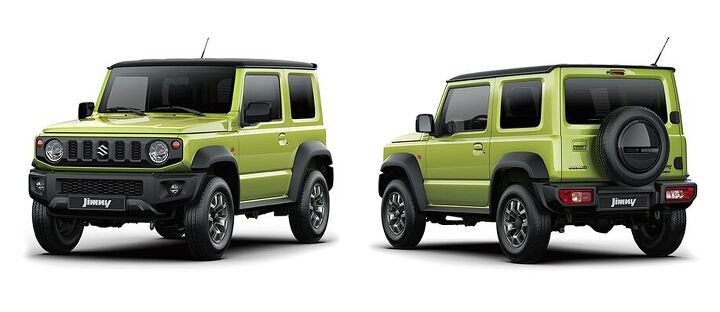
















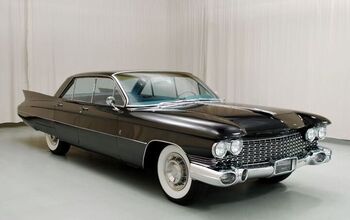
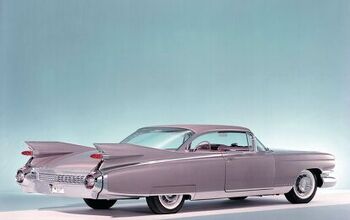
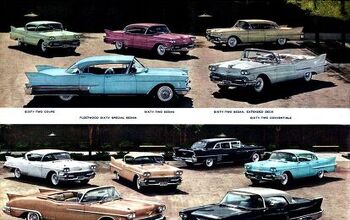

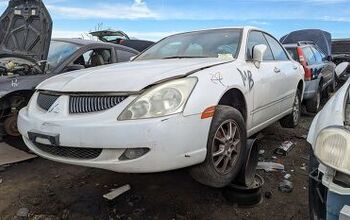

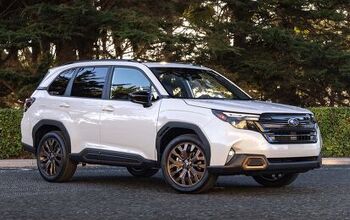

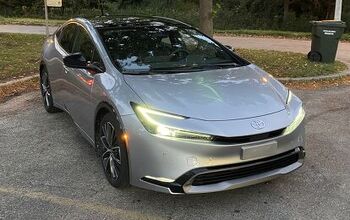
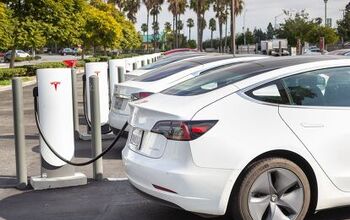
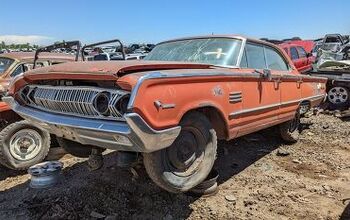
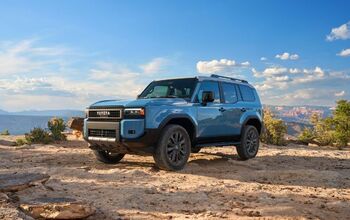
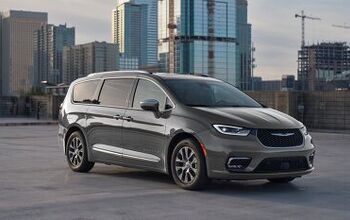


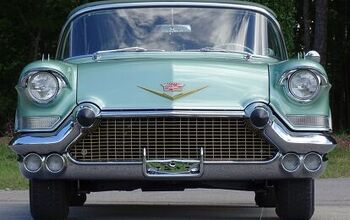
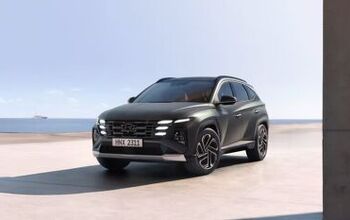

Comments
Join the conversation
I say the North American market does want the Suzuki Jimmy, so bring the Jimmy in! Then I can retire my 1988 Samurai! Many others in the Suzuki Samurai following would do the same. My Samurai tailgate says, "Made in Japan. Built in the USA!
There is a market for this vehicle in Canada. Suzuki sales in North America ended in 2013 because of poor sales in the USA. Here in Canada, sales were good, albeit with only 10% of the population of the US and a population taxed to near suffocation, our market needs a small, real 4x4. Make no mistake and don't even try to see this little truckster as any kind of mall crawler or soccer Dad/Mom transport. It shines off pavement and needs a driving IQ higher than that of the average North American to drive safely on the highway. So there goes half the customer base right there. Damn. As has been mentioned numerous times in this forum, sales would not support a Suzuki retail base. But destroy a few with crash tests and get it sold through agreements with existing dealers. Or better yet, direct internet sales, as it is 2019 after all. We don't all want bloated Yankee 4x4 freighters or Japanese luxo barges or unibody CVT AWD pretenders. Our fuel prices in Canada tend to be about 25% higher than the US. We need vehicles that get 25% better mileage just to stay even. And here in British Columbia, we have nearly 30,000 kms of forest and mountain backroads needing a fuel efficient, quality 4x4. Some of us still work out there and could use a small rig more than what's currently available. And for those of us nursing older Suzuki 4x4 (Samurai, Grand Vitara, XL7s), we know the quality of the brand and are wanting something newer. I'll keep a cheque ready for the first one off the boat into Vancouver.